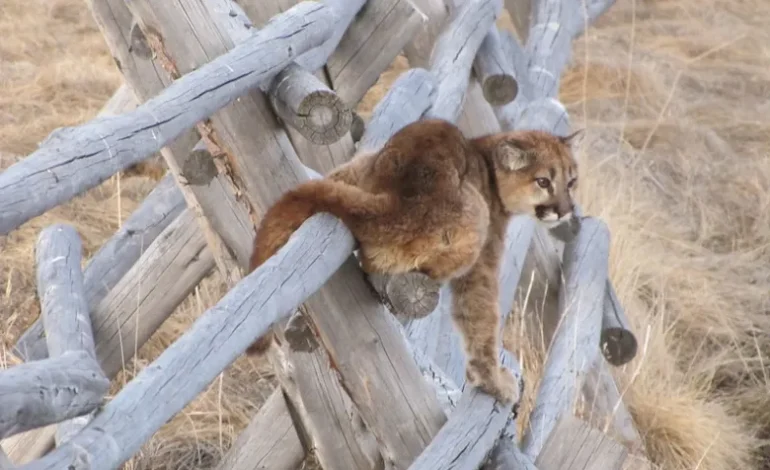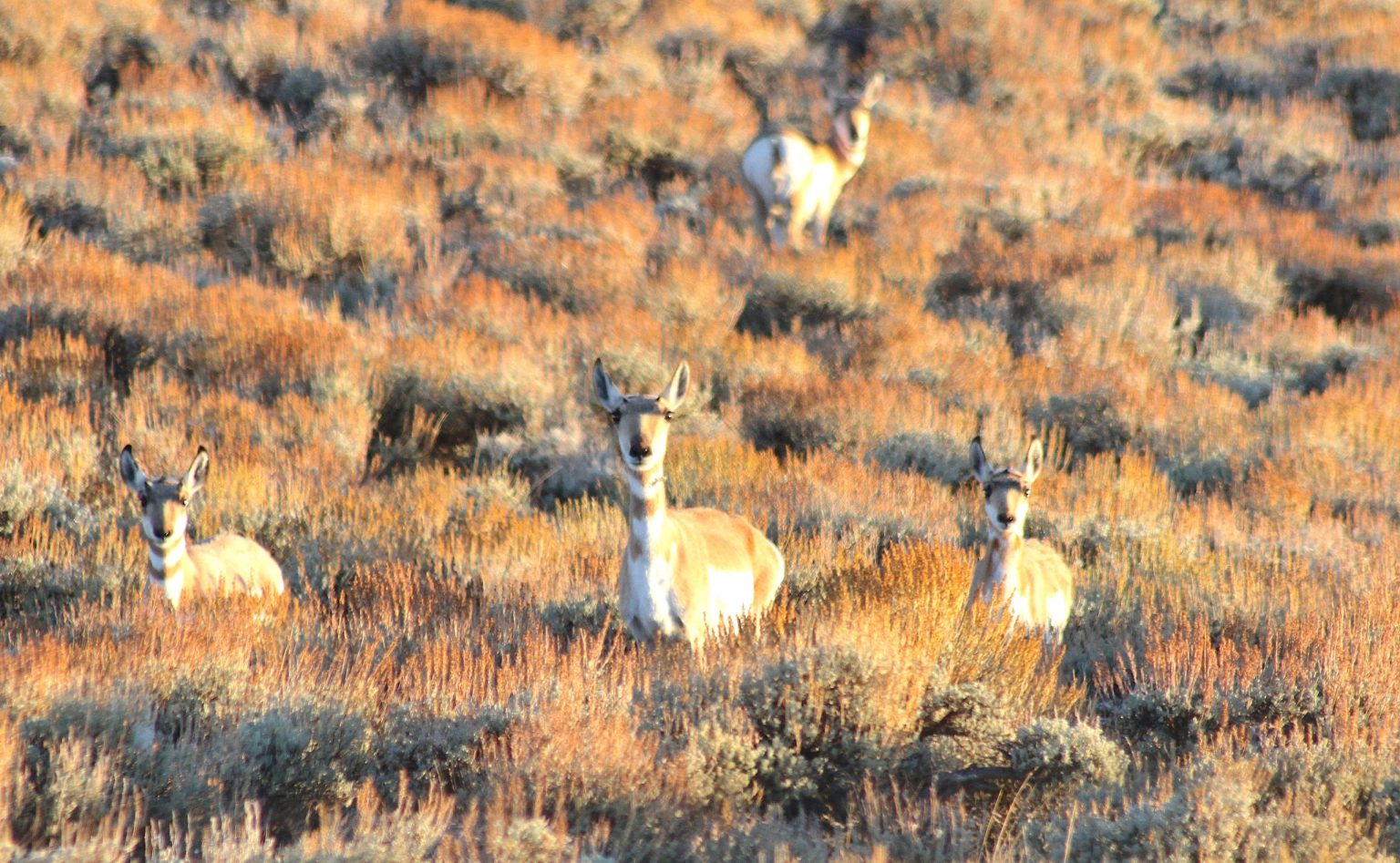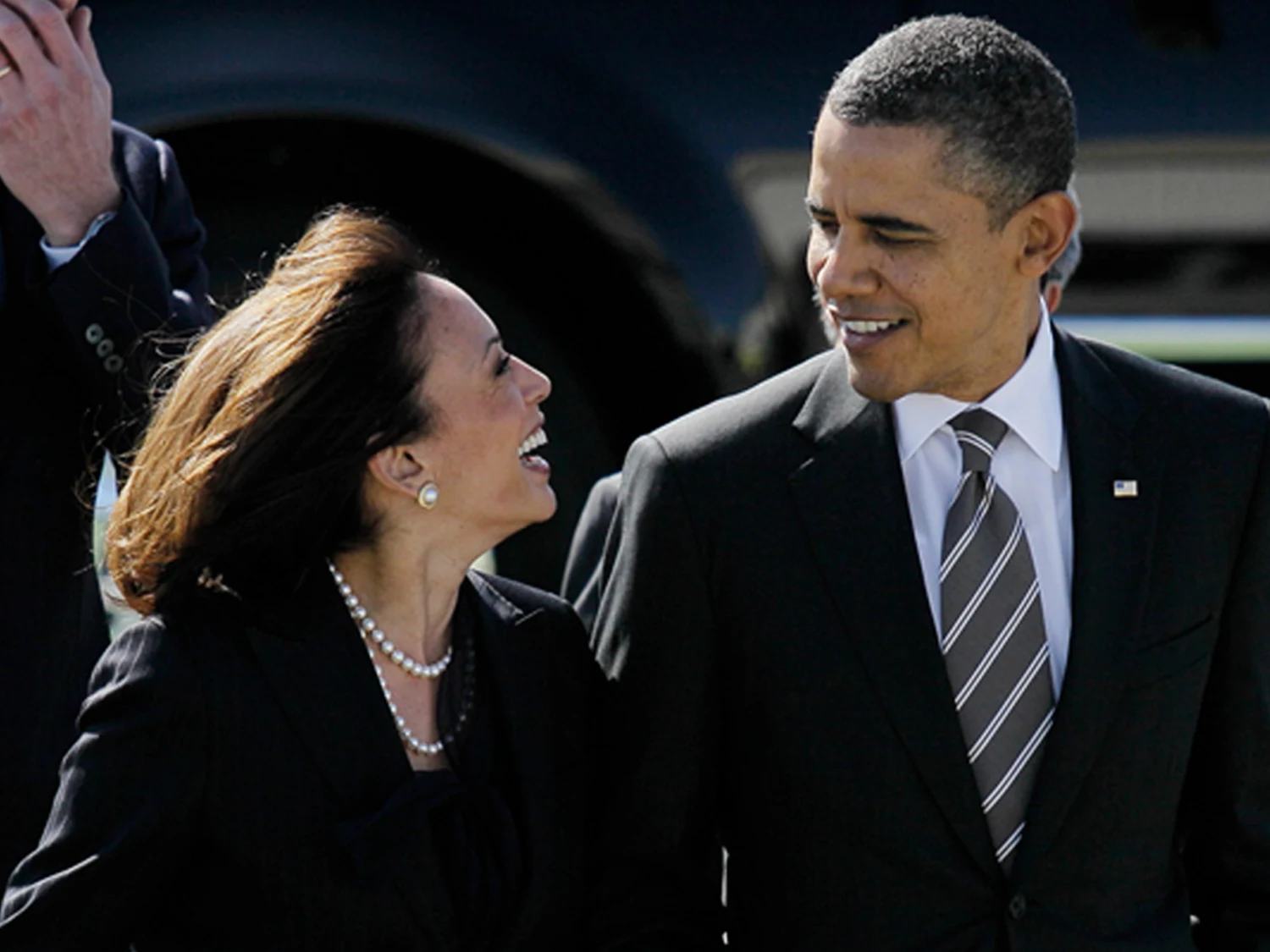Wyoming Maintains High Mountain Lion Hunting Limits Amid Concerns Over Mature Cat Decline

Wyoming wildlife officials are moving forward with plans to maintain elevated mountain lion hunting limits across much of the state, even as concerns grow about shrinking populations of mature animals, WyoFile reports.
The decision reflects a continuation of policies that have gradually increased hunting pressure on the species since the state adopted its current management framework nearly two decades ago.
The Wyoming Game and Fish Department (WGFD) manages mountain lions under a three-tiered system: “source” areas meant to sustain long-term populations, “stable” zones where lion numbers are to be maintained, and “sink” areas where populations are intentionally reduced through liberal hunting quotas. When the system was adopted in 2006, 12 of the state’s 29 hunt areas were designated as sources. Today, that number has dwindled to just four, while the number of sinks has grown to six.
In its most recent proposal, WGFD aims to keep in place 50% higher mortality limits in four western Wyoming hunt areas—an increase originally enacted in response to public pressure from big game outfitters following a severe winter die-off of mule deer and pronghorn. The affected units include areas around the Wyoming Range, Gros Ventre Mountains, and western Wind Rivers. These quotas, while meant to ease concerns over predator impacts on big game, have remained despite limited evidence that mountain lion removal has any significant effect on deer recovery.
According to WGFD data, the number of cougars killed annually in Wyoming is now approaching or exceeding 350, with hunting trends skewing the age structure of the population toward younger animals. Field reports suggest mature toms are becoming increasingly rare in some heavily hunted regions.
Luke Worthington, president of the Wyoming Houndsman Association and a guide in the western Bighorns, said he has witnessed the shift firsthand.
“There’s no age structure there at all, it’s all young cats,” he said, recalling a two-week period last winter in which he found just one mature male after covering thousands of miles.
Despite support from local game wardens and biologists for reducing quotas in certain Bighorn areas, those suggestions did not make it into the official proposal. Instead, mortality limits in units 21 and 22 remained unchanged at 45 animals total. Some southeastern and central regions of the state are also being considered for “unlimited” hunting status.
Game and Fish Large Carnivore Supervisor Dan Thompson acknowledged the management direction is leading to younger age classes and fewer lions overall in many areas. But he emphasized the department’s intent to retain control over predator management policies and adapt as needed.
Although there have been public calls for more balanced cougar management—including from within the hunting community—participation at public meetings has been low. In some cases, such as a recent session in Pinedale, no houndsmen appeared to offer feedback on draft regulations despite the known challenges facing lion populations in that region.
WGFD commissioners, who are appointed by the governor, are scheduled to review and potentially finalize the proposed regulations at a meeting on July 16 in Casper. These rules will set the tone for mountain lion hunting seasons—and the condition of the state’s cougar populations—for the next three years.
Wildlife experts note that mountain lions can recover from population declines if conditions improve. Given time, immigration from less-hunted areas and favorable environmental factors can help reestablish more balanced age and gender structures.









The latest news in your social feeds
Subscribe to our social media platforms to stay tuned